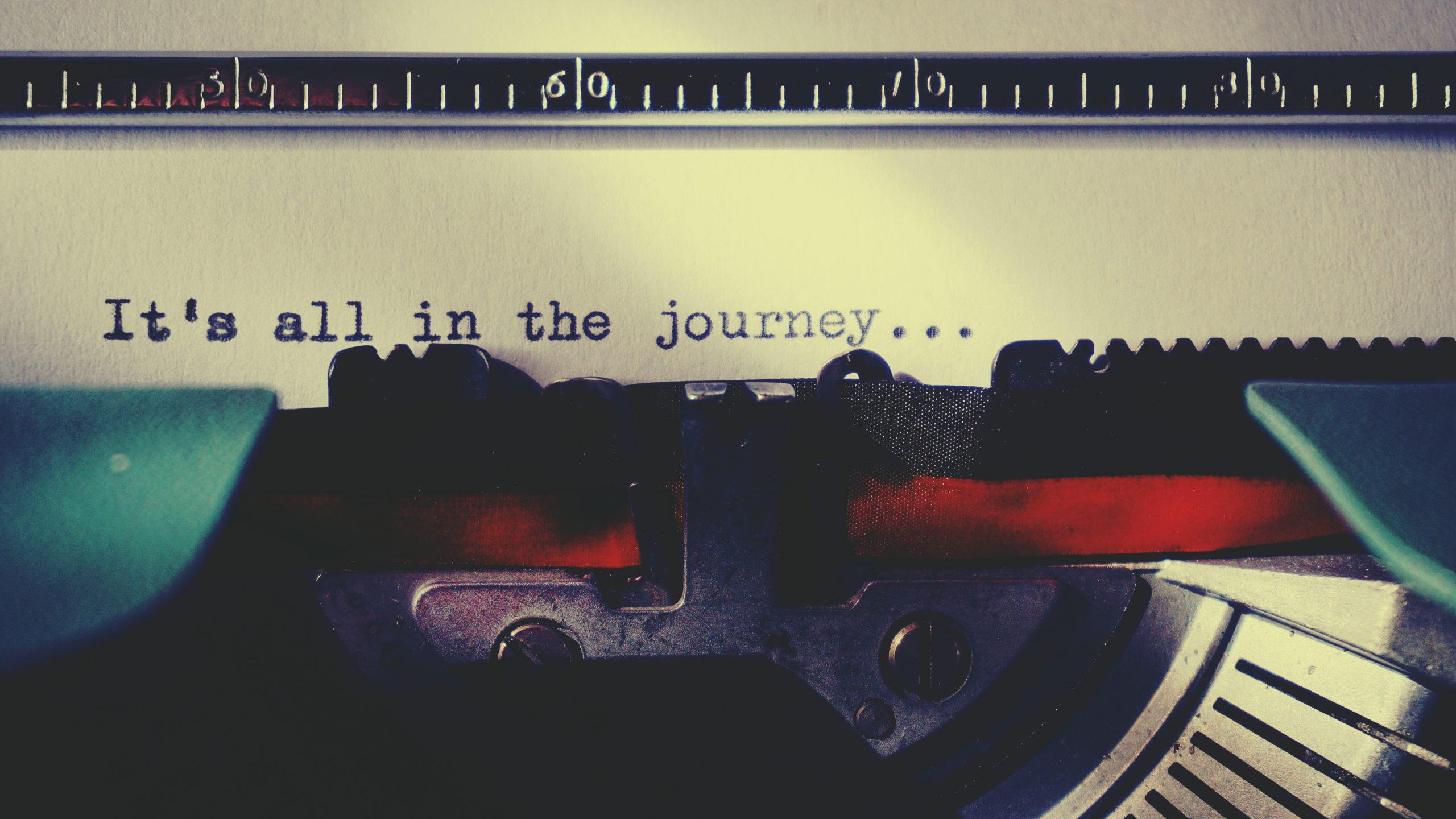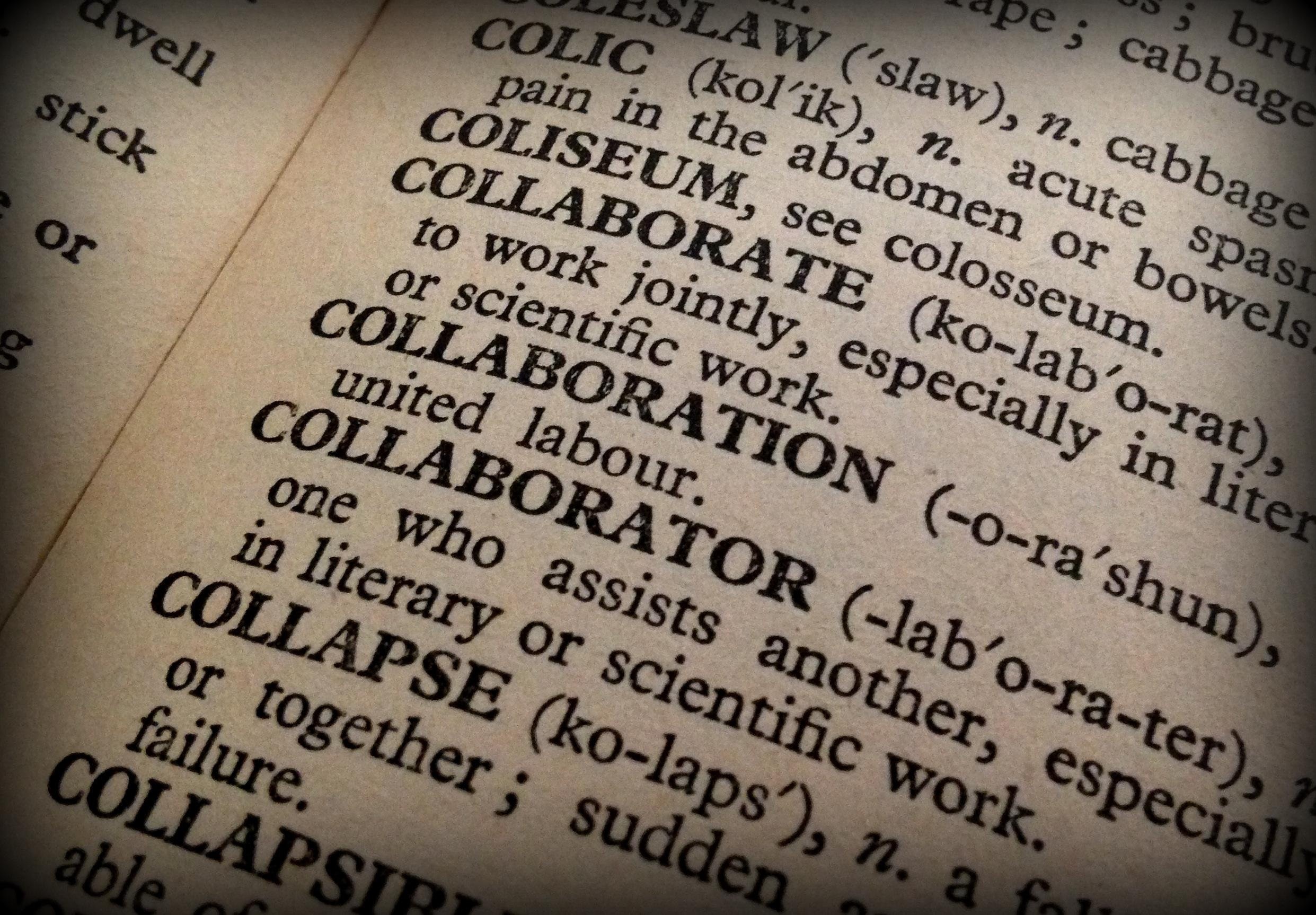Introduction
On to the next topic in this set of marketing discussions. Social media. Most of us have it, though I know there are some who really can’t stand it and would rather avoid it. But, if you’re a business, you can’t afford to ignore social media since that’s where most of your potential customers and clients congregate. However, figuring out how to appropriately utilize social media for your business as an author can get confusing. We see how all the bloggers with other types of businesses utilize it for marketing their business, and we think: I can’t do that because it doesn’t fit my business.
And, you’d probably be right. As an author and a freelance editor, I’ve used multiple social media platforms and gone to a lot of different master classes via webinars or in person to learn more about marketing and social media. Problem is, a lot of the action steps given are hard to apply to authors. So, I’m going to share with you my perspective on it and what I’ve found seems to work for me.
What Types of Social Media Work Best?
If you’re like me, you’d rather not worry about every social media platform on the planet. Instead, you’d prefer to figure out what works and scrap whatever doesn’t. After all, unless you’re paying someone to do it for you, how much time do you realistically have to manage this? If you don’t do anything besides writing for your day job and you don’t have kids, maybe you have the time to learn and figure it out on your own while managing five different social media accounts. It takes time away from writing, but if you have time to spare, fine.
But most of us don’t have that kind of time. I work a 8-5 job, and while I may have lapses where I have nothing to do and can, therefore, check my social media or work on handwriting my next blog post, I don’t have a bunch of free time during the day. So, I come home, already tired, and I only have so much time to write and manage my social media pages before I need to make sure I go to bed so I’m not too tired to do it all over again the next day. Sound familiar? Throw in needing some time to go read a book for a review or just get away from work, and I don’t have the time to manage things that don’t work.
So, what does work? For me, I’ve found that I have the most success with Facebook, Twitter, and Pinterest. I rarely touch Instagram, though other authors have told me it works well, and I’ve not gone anywhere near SnapChat because I don’t have time for more platforms.
What Kind of Marketing Works Best with Each?
I find that Twitter works best for letting friends, fans, and prospective readers know what I’m up to throughout the day or for posting content I think will be helpful. I’ve had more success, on the whole, with finding ARC readers on Twitter and getting people to engage with me than I have on Facebook. People generally seem more engaged on Facebook, and I don’t have to go to random groups that will allow me to post my book link in order to hopefully gain some new readers. Lots of Twitter users will actually post things like #ShamelessSelfPromotionSaturday or #SupportIndieAuthors to ask for book links and new reads.
While you might not get any new readers from it, if you share it with your following and others are doing the same, there’s a better chance of your work being seen by someone than there is posting it in a group on Facebook where it’s going to be buried under thirty other similar posts within the next twenty-four hours (more if you’re unlucky).
What Facebook has on Twitter is the room to have a group to engage with your fans through playing games, doing author takeovers where other authors and yourself have scheduled time slots to post about your books and yourself as an author, sharing what you’re up to, and taking questions for Q&A type stuff. They make it far easier to do events where authors team up to bring readers new books, content, and even giveaways. Twitter isn’t set up for that because they impose a strict character limit on the tweets sent out and don’t have any way to easily organize everyone.
The Odd One In The Bunch
As for Pinterest? Well, Pinterest is the unique one out of the bunch. It isn’t technically social media, though you can use it similarly. Instead, Pinterest is a search engine. I like it most out of the three I use because it requires the least amount of activity. I can Pin one or two blog posts or writing prompts of my own and drive traffic to my blog, generate interest in my services, or guide people toward my books or others’ books that they might enjoy reading. But I don’t have to constantly post, try to run ads, or bother people asking them to share the content around.
It’s also nice that once you start to gain traction, Pinterest works with you. If your Pin is doing well in the related categories for search results, then they’ll put it higher up in the search so more people will see it. They don’t bury it, and those following the board or you will be notified of the newest Pin you created. Unlike Facebook, they’re not going to pick and choose whether or not to show it to the people who already said they were interested, and that alone makes it better.
If you’re looking for an easy platform to help drive traffic to your blog and to your products by extension, Pinterest is the way to go. Facebook and Twitter are far more time-costly than Pinterest to manage, and I’ve seen way less traffic to my blog from either as opposed to Pinterest. It’s worth learning the new platform. If you haven’t used it before, I’ve got some tips and will walk you through it in this post.
What Kinds of Marketing Content Work?
Obviously, this will be a little different for everyone depending on what sort of book you have and who you’re trying to reach. The starting point for everyone, however, is to know your audience. There are few directions you can go with social media to really build your brand: informative/expert in industry, humorous/light-hearted, a combination.
For Example… My Approach:
I’m not generally a very funny or light-hearted person. Unless sarcasm counts as funny… But most people would argue that poking fun at others isn’t the best way to build your brand unless satire is your brand. It’s not mine, so I went with informative/expert in industry. You can tell I have pretty easily because my blog and a lot of what I post on social media that isn’t related to my own books has to do with writing and editing. The content is geared toward educating and establishing the fact that I do know a thing or two about editing, writing, and publishing.
This was a choice I made before I even began the blog because I knew I wanted to appeal to both writers and readers of speculative fiction and, specifically, fantasy. As a freelance editor and an author, it can be hard to find an approach that will gain me new clients as well as new readers. This was my approach. It lets people know up front that if they come to me for editing or for advice of any sort on writing, I’m going to have an answer or I’ll find one that’s based on research and fact. Having this approach also has the added bonus of gaining me opportunities to guest post for things unrelated to my published books specifically. My article on Burning Embers Publications regarding editing and the other one regarding Pinterest are two good examples of that.
What Difference Does That Make?
To put it succinctly, a huge difference. My choice of approach affects the kind of marketing content I use. Granted, if I’m marketing my books, I’m probably going to market them about the same way anyone does (or wants to): with strong copy and information on how to get the book. But if I’m trying to market myself as an author, which is really what you’re doing whether you’re actively trying to sell a book or not, then my choice of direction changes what I’ll post about.
Sure, I post stuff that I just find amusing or interesting. But usually, those are shares or retweets of other people’s stuff, not my own marketing content. I strive to make my content reflect my goal: providing expertise on the industry and helping others to learn from what I know. Your content should do the same.
But Really… What Types of Marketing Content do I post?
For authors, it’s all about readers liking your writing and, ideally, liking you. It’s not just about them buying the book. It’s about whether or not they want to support the message you’re sharing. If they don’t buy into the message you’re trying to share, they’re not going to be very eager to share the work with others. But if they really like the book or series and your style and message, they’re going to be much more happy to tell all of their friends about you.
We all want to support businesses and brands that align with what we care about and the values we feel are important. If the content we’re reading, whether it’s on social media or in the book itself, doesn’t align with what we believe in and the core values we hold to, we’re not going to pass it along to others. Why would we? As a business, it’s our job to know what our message is and how the audience we’re targeting will perceive it. Then, we have to take that information and find a way to package it so that it’s interesting, palatable, and engaging for our target audience.
It’s like I said at the beginning. I can’t tell you exactly what kind of content will work for you because every individual brand and author will be different. But I can tell you that if you know your goals and the approach you want to take, you’ll be able to discern what content will fit that and post only what does. It’s not easy, but it is pretty simple.
Final Notes
Navigating social media is difficult. It poses all kinds of nuances, potential trip ups, and points of stress. Some people find it easier than others, but at the end of the day, none of us can avoid it if we want to utilize all the marketing tools available to us. If you know the angle you want to take and have goals to accomplish, it’ll make your journey easier.
In the end, my best advice regarding social media and marketing is this: be professional. That’s the number one thing you can do for your brand, no matter what direction you take. No matter what you’re posting, be professional. Act in a manner that is courteous, treat people with respect even if they’re not giving you that same courtesy, and make it about your reader and your audience, not you. It’s fine to talk about yourself and let them know you need help, but make sure that more of your content is focused on what they’re wanting and needing than it is on what you want and need from them.
This will go further than just about anything else in any area of your life. Treating others in a manner that’s kind and professional puts out a lot of fires. I’ve watched what happens when someone’s upset and the business or individual treated them with disrespect, condescension, and lack of compassion. It’s not pretty, and it doesn’t achieve anything except giving your business a bad reputation. It isn’t worth it. If you need to, scream about it away from the computer, phone, or person. But don’t let your frustration or anger out on them. Be polite and kind to a fault even if they’re not.
Conclusion
Professionalism and courtesy should be obvious parts of your marketing and branding strategy, but I’ve seen so, so many people screw this up, and it can make the difference between failure and success. Don’t let it be the reason you fail in your marketing and business goals! Use the tips I gave for platforms and content, and then add professionalism to it. You’re going to get much better responses from people that way, I guarantee. Best of luck to you in your marketing endeavors! Next week, we’ll talk some about your blurb, Amazon sales pages, and attracting readers.






